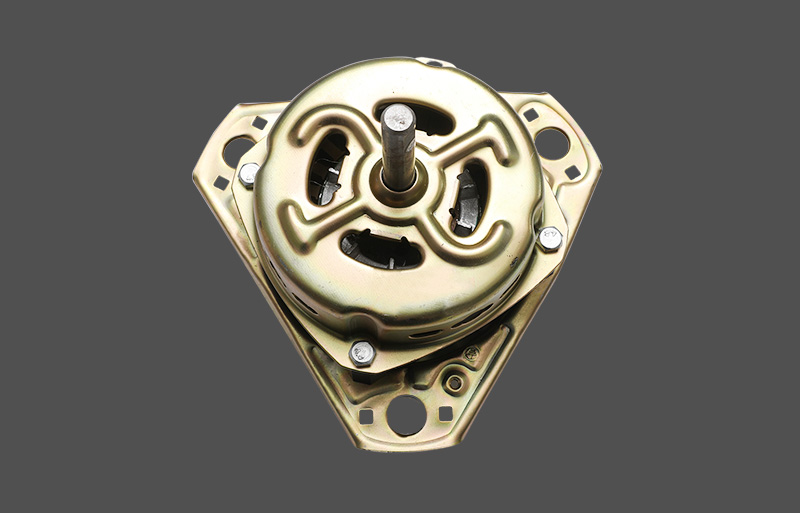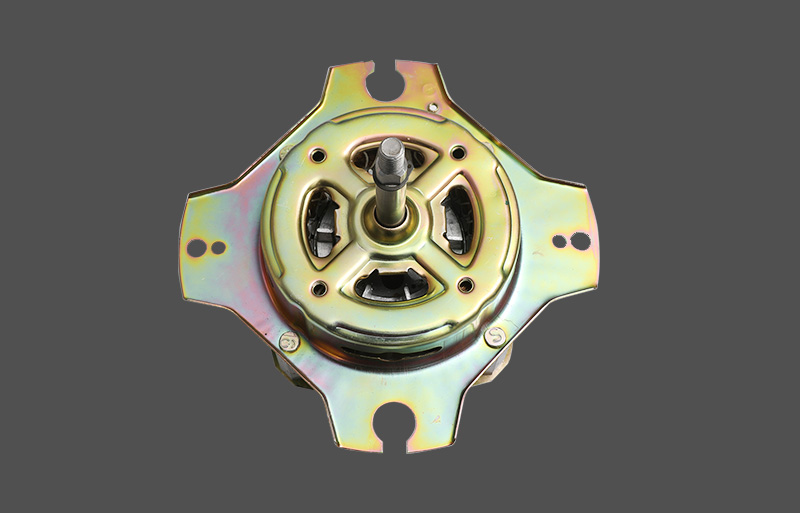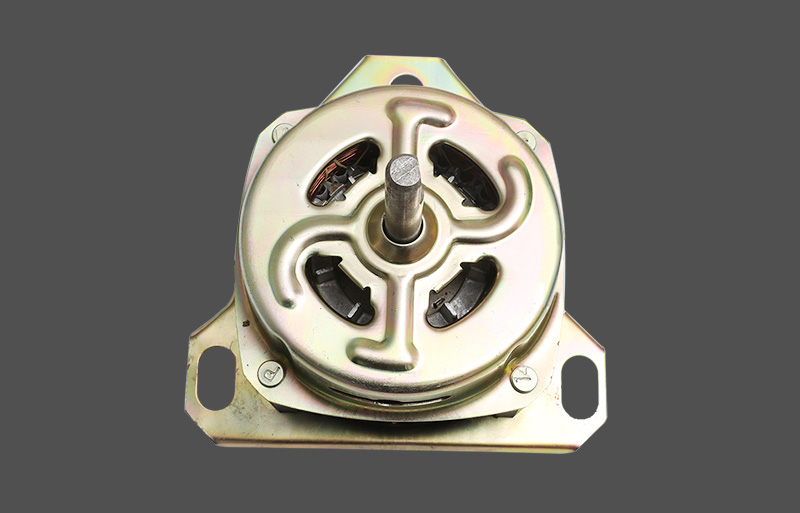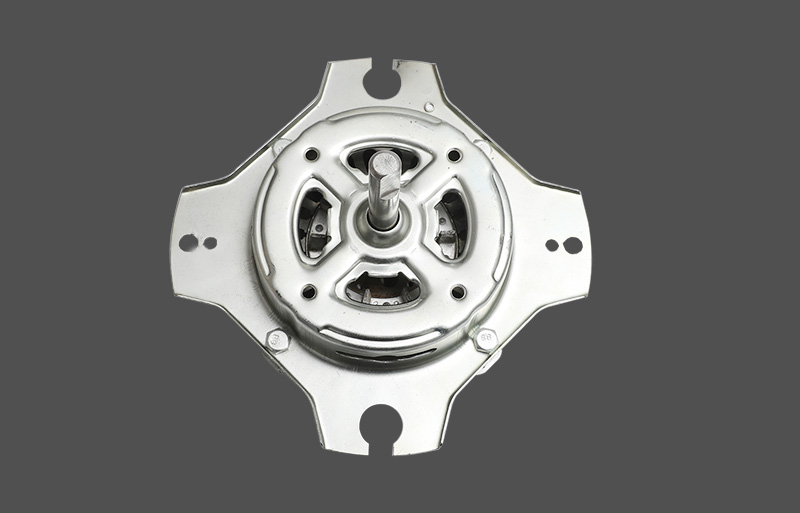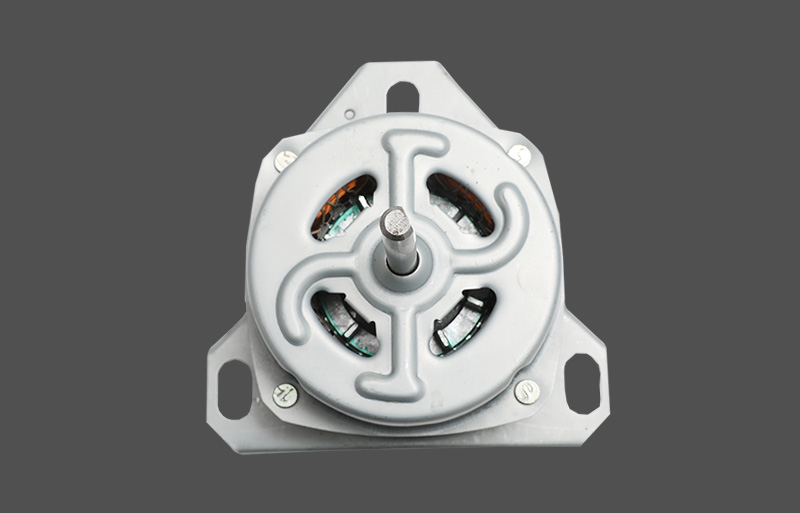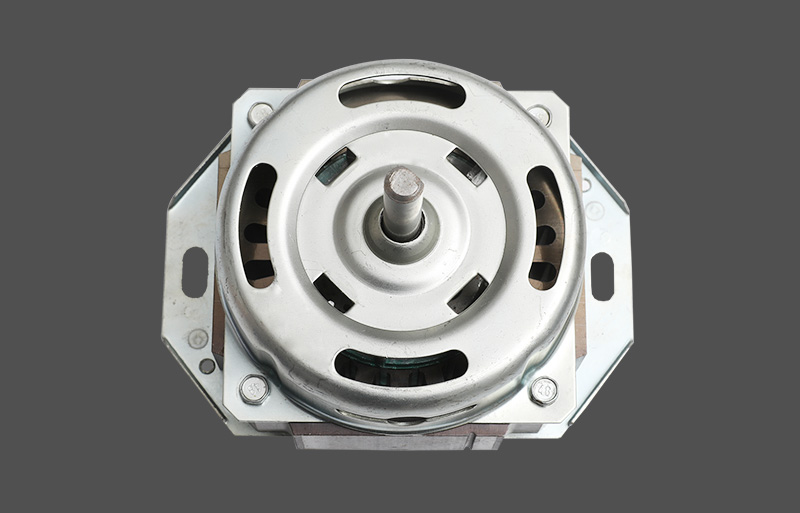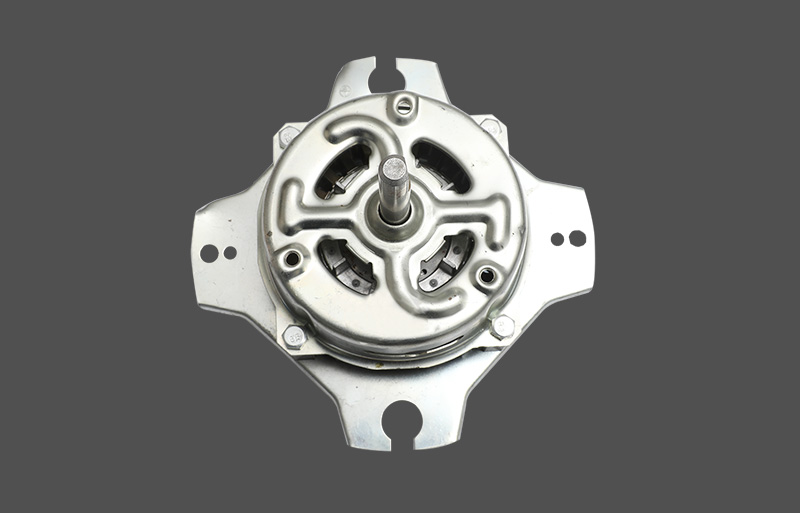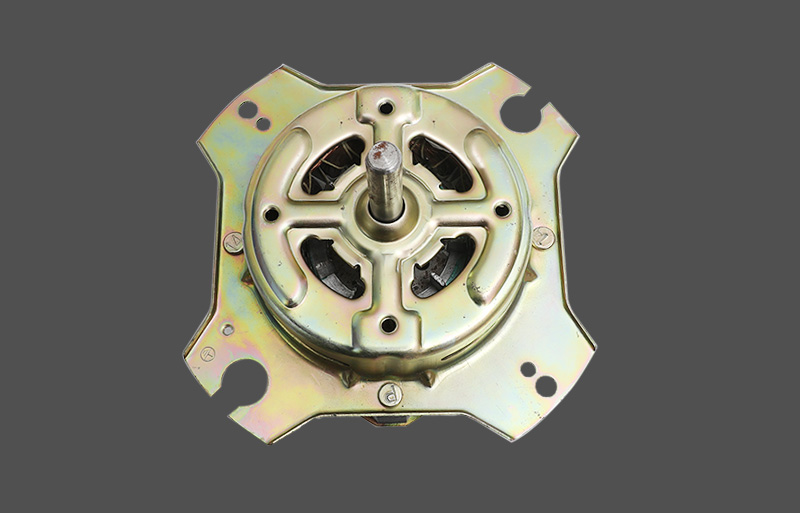In winter or in specific industrial environments, ventilator motors face the challenge of low-temperature operation, which not only affects motor performance, but may also have a profound impact on its reliability and service life. In order to ensure the stable operation of the motor in a low-temperature environment, it is necessary to conduct an in-depth analysis of the impact of low temperature on the internal structure and performance of the motor.
The impact of low temperature environment on the internal structure of the motor
Changes in material properties
At low temperatures, the resistance of the motor windings increases significantly. This is due to the increase in the resistivity of metal conductors at low temperatures, which causes an increase in the heat generated when current passes through, thereby affecting the efficiency and power output of the motor. In addition, the lubricant inside the motor can become sticky or solidify at low temperatures, causing increased friction between bearings and other moving parts, which not only accelerates wear but also reduces overall efficiency.
Decreased insulation performance
The impact of low-temperature environments on insulating materials cannot be ignored. Insulating materials may become brittle at low temperatures and prone to cracks or damage, causing insulation breakdown or short circuit failure. At the same time, the resistance of the insulating material may also change at low temperatures, further affecting its insulation performance.
Increased structural stress
Due to differences in thermal expansion coefficients, internal components of the motor may generate thermal stress when operating at low temperatures, resulting in component deformation or damage. In addition, some materials, such as cast iron or steel, become increasingly brittle at low temperatures and are prone to fracture when subjected to external forces.
The specific impact of low temperature on motor performance
Difficulty starting
In low temperature environments, motors may face starting difficulties due to factors such as increased winding resistance, lubricant solidification, or increased bearing friction. In this case, the motor may require additional starting current or preheating measures to overcome these obstacles.
Power output drops
In low temperature environments, the motor's power output may be significantly reduced. This is mainly due to the combination of increased power loss caused by increased winding resistance and reduced mechanical efficiency caused by lubricant solidification.
Reduced efficiency
Motors tend to become less efficient at cold temperatures. As more energy is consumed to overcome internal friction and resistance, energy consumption increases, thereby increasing operating costs.
Increased vibration and noise
In low temperature environments, the internal moving parts of the motor may produce greater vibration and noise due to poor lubrication or material deformation. This not only affects the normal operation of the motor, but may also cause interference to the surrounding environment, affecting the safety and comfort of the workplace.
shortened lifespan
The life of a motor that has been operating in a low-temperature environment for a long time may be significantly shortened due to material fatigue, increased wear, or reduced insulation performance. This situation can lead to frequent repairs and replacements, increasing the company's operating costs.




